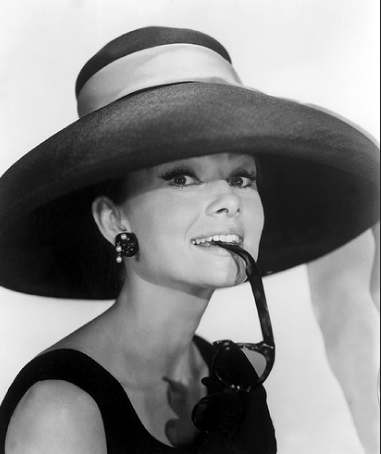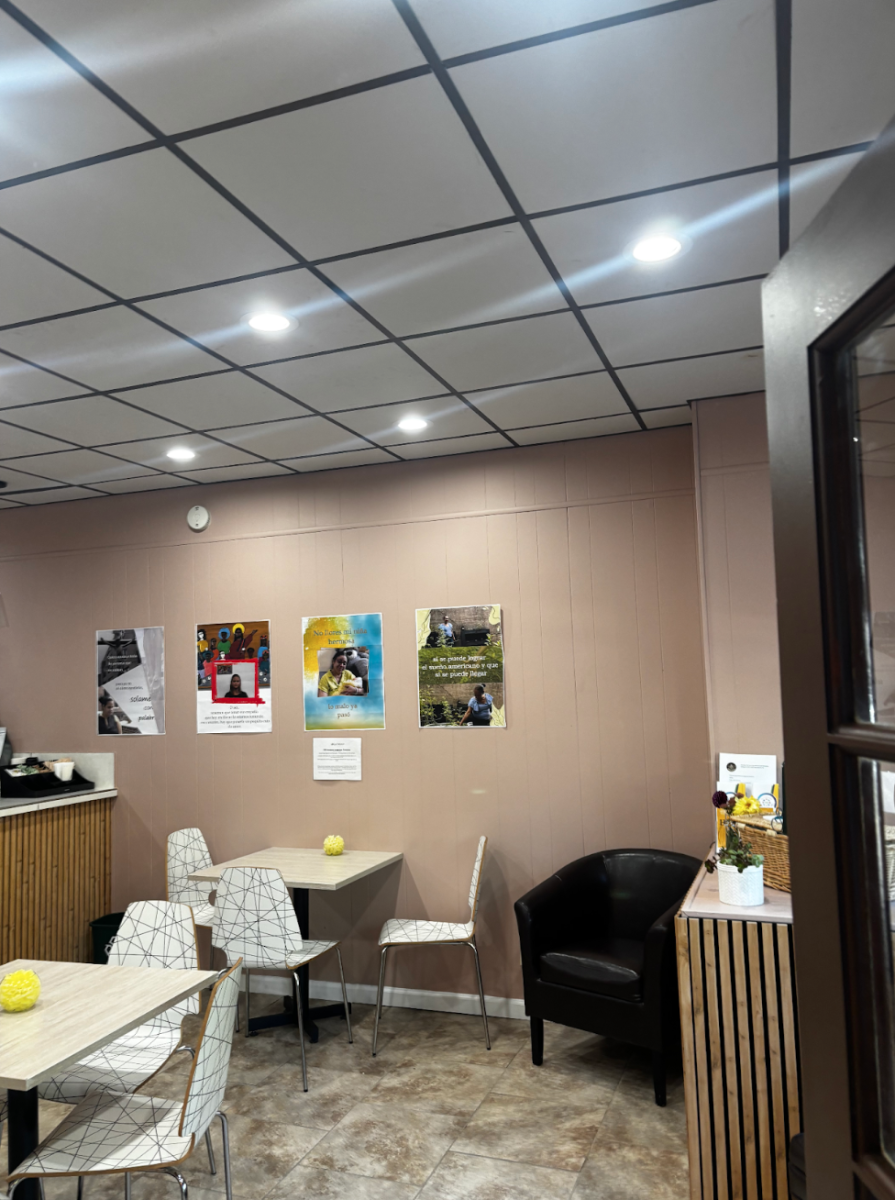By Meghan Campbell

Wednesday Oct. 25 marks the 55th anniversary of the release of the Hollywood classic, and one of my all-time favorite films, Breakfast at Tiffany’s. Based on Truman Capote’s novella under the same title, the movie follows Holly Golightly, played by the one and only Audrey Hepburn, as she and aspiring writer Paul Varjak (George Peppard) venture through New York City. Filled with lavish parties, mobsters and love won and lost, Breakfast at Tiffany’s is a cinematic recipe that will instantly win your heart.
Even if you haven’t seen the movie, you will probably still recognize the iconic black dress and large sunglasses that have not only been the inspiration behind countless easy, cute and affordable college Halloween costumes, but have also made Hepburn a fashion icon.
The “little black dress,” which is the first of many fashionable outfits worn by Hepburn throughout the film, was designed by Hubert de Givenchy, one of the actress’ closest friends. Givenchy continued to design the majority of Hepburn’s wardrobe, taking Hepburn’s classy, sophisticated look from the screen to the streets.
Hepburn’s “look” contributed to a new idea of beauty and fashion. Standing 5’6’’ and very thin, she was considered both taller than average and lacking in curves compared to the 1950s Hollywood standard of beauty. Next to actresses like Ava Gardner and Marilyn Monroe, Hepburn stood out and created a style of her own.
Hepburn discarded the figure-hugging dresses and high heels more commonly worn during the times by style icons such as Monroe, who was the intended casting choice to play Holly Golighty until she turned down the role. Instead, Hepburn opted for ballet flats, capri pants, full skirts and bateau necklines.
Essentially, Hepburn’s style reflected what she was most comfortable in and what she thought was most flattering for her figure. When writing about his mother’s fashion philosophy in his novel “Audrey Hepburn: An Elegant Spirit,” Sean Ferrer said, “My mother believed that a woman should find a look that works for her and use fashion and its seasonal changes to accessorize it, rather than to be a slave to fashion, re-creating one’s look over and over again.”
Along with leaving a lasting legacy in fashion and film, Hepburn dedicated the later years of her life to UNICEF. The Hollywood starlet herself was a recipient of aid from UNICEF during her childhood in World War II Europe. Never forgetting the impact it had on her life, Hepburn became a UNICEF International Goodwill Ambassador in 1988.
As an Ambassador, Hepburn became a public voice to those in need, speaking about the gruesome reality many impoverished children lived with. Hepburn went above and beyond in her efforts to support the nonprofit by traveling constantly to areas in need of help, as well as organizing fundraisers, taking part in benefit concerts and launching UNICEF’s State of the World’s Children reports.
For her endeavors, Hepburn received the Presidential Medal of Freedom, the highest award a civilian can earn, in 1992. That same year, Hepburn became too ill to continue her work and was later diagnosed with colon cancer, which she succumbed to in 1993.
Hepburn’s humanitarian efforts as well as her work in film and fashion have left an unforgettable mark on history. What better way to celebrate such an incredible woman than sitting down and watching the beloved classic Breakfast at Tiffany’s? Here’s to you Miss Hepburn, and to 55 years of the “little black dress.”











































































































































































































PseudomyxomaSurvivor (@PMPSurvivor) • Oct 7, 2016 at 11:11 am
Audrey Hepburn was diagnosed with appendix cancer. For more information, please go to the Pseudomyxoma Survivor website – a charity of which her elder son, Sean, is patron.
http://www.pseudomyxomasurvivor.org/about-pseudomyxoma-survivor/sean-hepburn-ferrer-2/